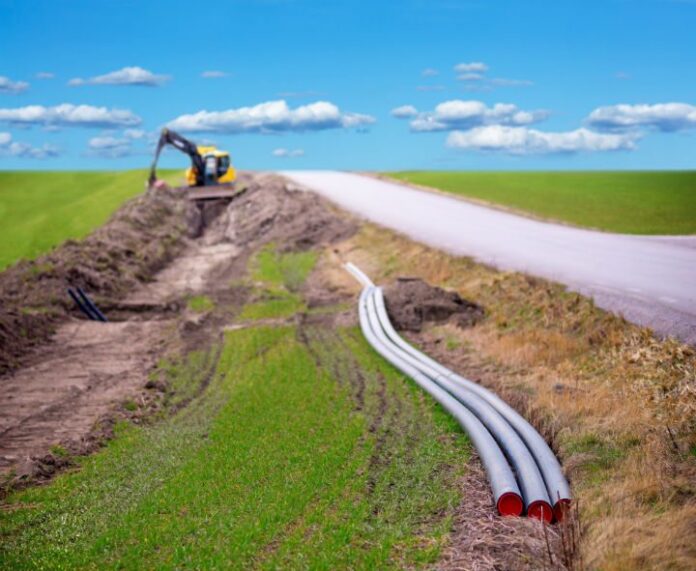More than 100,000 rural homes and businesses in 43 states will get a minimum of 25 Mbps download and 3 Mbps upload speeds, rather than 10 Mbps/1 Mbps speeds that would otherwise have been deployed, according to the Federal Communications Commission. Forty percent of the locations are expected to be covered by 2022, with deployment then increasing 10% each year until they are complete in 2028.
The FCC said that under new rules adopted late last year, it will pay out an additional $65.7 million in annual support over the next decade to the 186 companies that have agreed to deploy expanded 25 Mbps internet service, rather than the slower 10 Mbps speeds. This is through the FCC’s Alternative Connect America Cost Model (A-CAM) program, which was originally devised in 2016 as a voluntary program and which has recently had its payment rates and deployment obligations revised. On a nationwide basis, A-CAM commitments to deploy 25 Mbps speeds grew from 334,443 locations to 440,808 locations with the additional funding, representing a nearly 32% increase in the number of locations that will have faster internet speeds than expected, the FCC said.
According to the FCC, the new A-CAM rules will in some cases double the deployment commitments — mostly in cases where those deployments were small to begin with.
-In Arizona, the commitments for 25 Mbps speeds grew from 1,353 locations to 2,903, a 114.6% increase.
-In Nebraska, the previous commitment for 25 Mbps was for 5,582 locations and it will expand to 11,208 locations, an increase of just over 100%.
-Wyoming will see 25 Mbps coverage under A-CAM grow from commitments to cover 866 locations, to 1,858 locations, up more than 114%.
-In Oklahoma, commitment to cover 20,029 locations with the higher speeds increased to 27,753, a bump of nearly 39%.
-Wisconsin’s expected 25 Mbps deployments under A-CAM grew from commitments to cover 36,887 locations to 43,146 locations, up 17%.
In a recent op-ed piece for The Kansas City Star, FCC Chairman Ajit Pai declared his intent to go even further to extend rural broadband capabilities.
“To help build the infrastructure of the future, I intend to create a new $20.4 billion Rural Digital Opportunity Fund at the FCC. This money will extend high speed broadband to up to 4 million homes and small businesses in rural America. These next-generation networks will bring greater economic opportunity to America’s heartland and will help support future 5G technologies,” Pai wrote.

